Differentially private clustering models
Data Privacy and Anonymization in Python

Rebeca Gonzalez
Data engineer
Comparing models
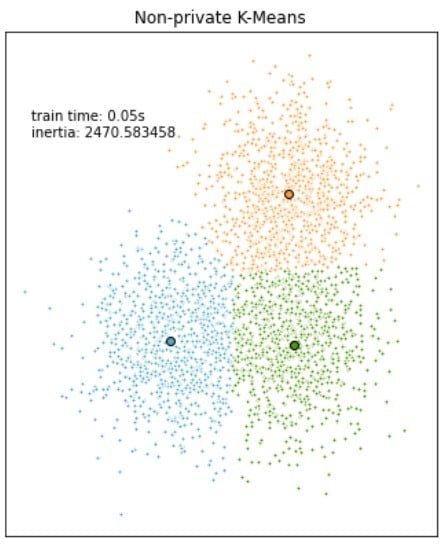
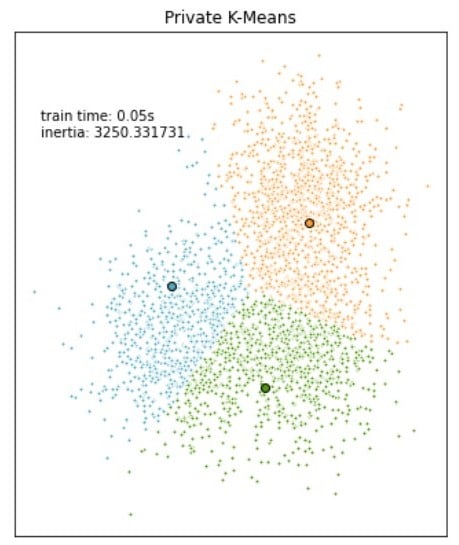
Comparing the models
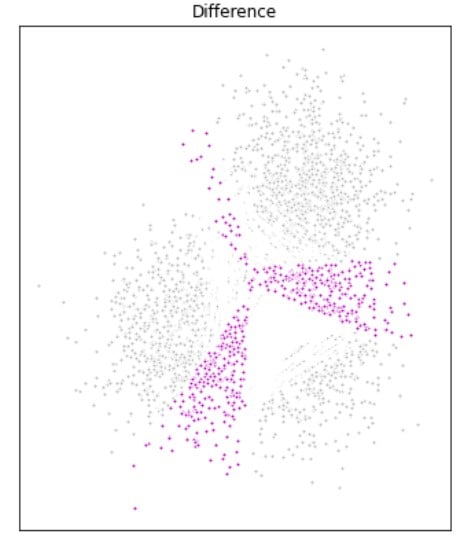
- Difference between the models resulting clusters
- They have the majority of results in common
Building differently private clustering models
from diffprivlib.models import KMeans# Computing the clusters with the DP model model = KMeans(epsilon=1, n_clusters=3)# Run the model and obtain clusters clusters = model.fit_predict(X)
Improving DP clustering models
- We can pre-process data before doing clustering.
- Feature scaling such as
StandardScalerand dimensionality reduction methods like PCA.- To reduce the inertia of the model
- Get more accurate segmentation groups
- We do this with
diffprivlibjust as you would do withsklearnmodels.
Improving DP clustering models
from sklearn.decomposition import PCA# Initialize PCA pca = PCA()# Fit transform data with PCA X = pca.fit_transform(X)# Computing the clusters with the DP model model = dp_Kmeans(epsilon=1, n_clusters=3)# Run the model and obtain clusters clusters = model.fit_predict(X)
Improving DP clustering models
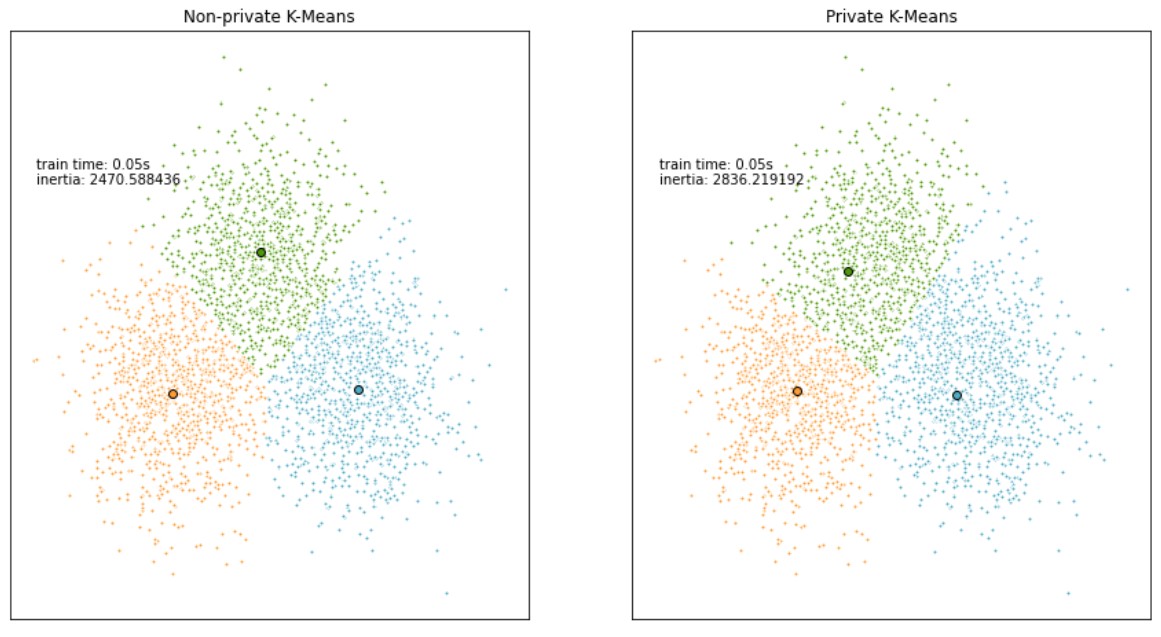
Improving DP clustering models
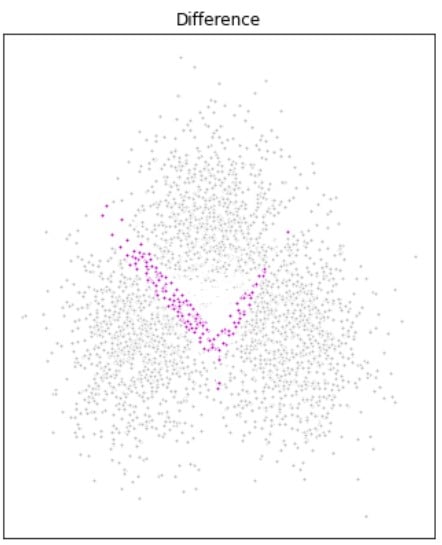
- Improved results by using data transformations
Elbow method
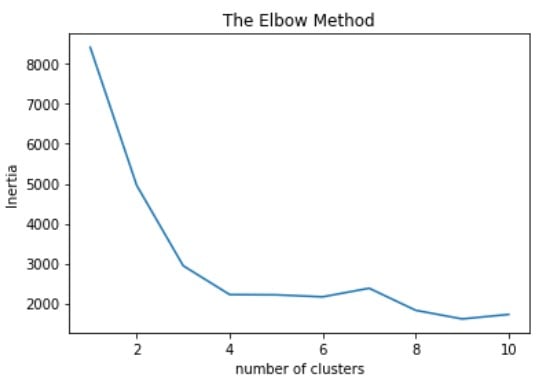
Epsilon
from diffprivlib.models import KMeans as model# Computing the clusters with the DP model model = dp_Kmeans(epsilon=0.2, n_clusters=3)# Run the model and obtain clusters clusters = model.fit_predict(X)
Epsilon
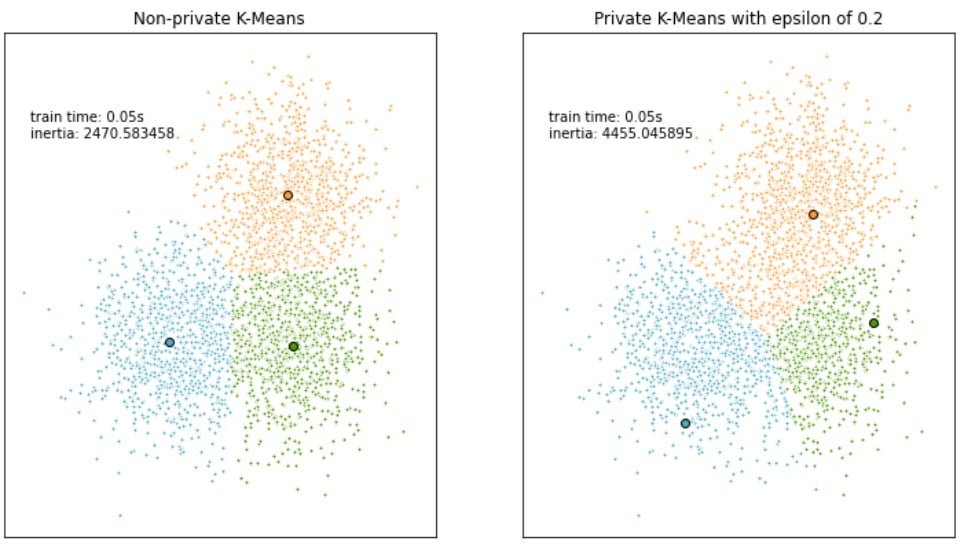
Let's practice!
Data Privacy and Anonymization in Python

